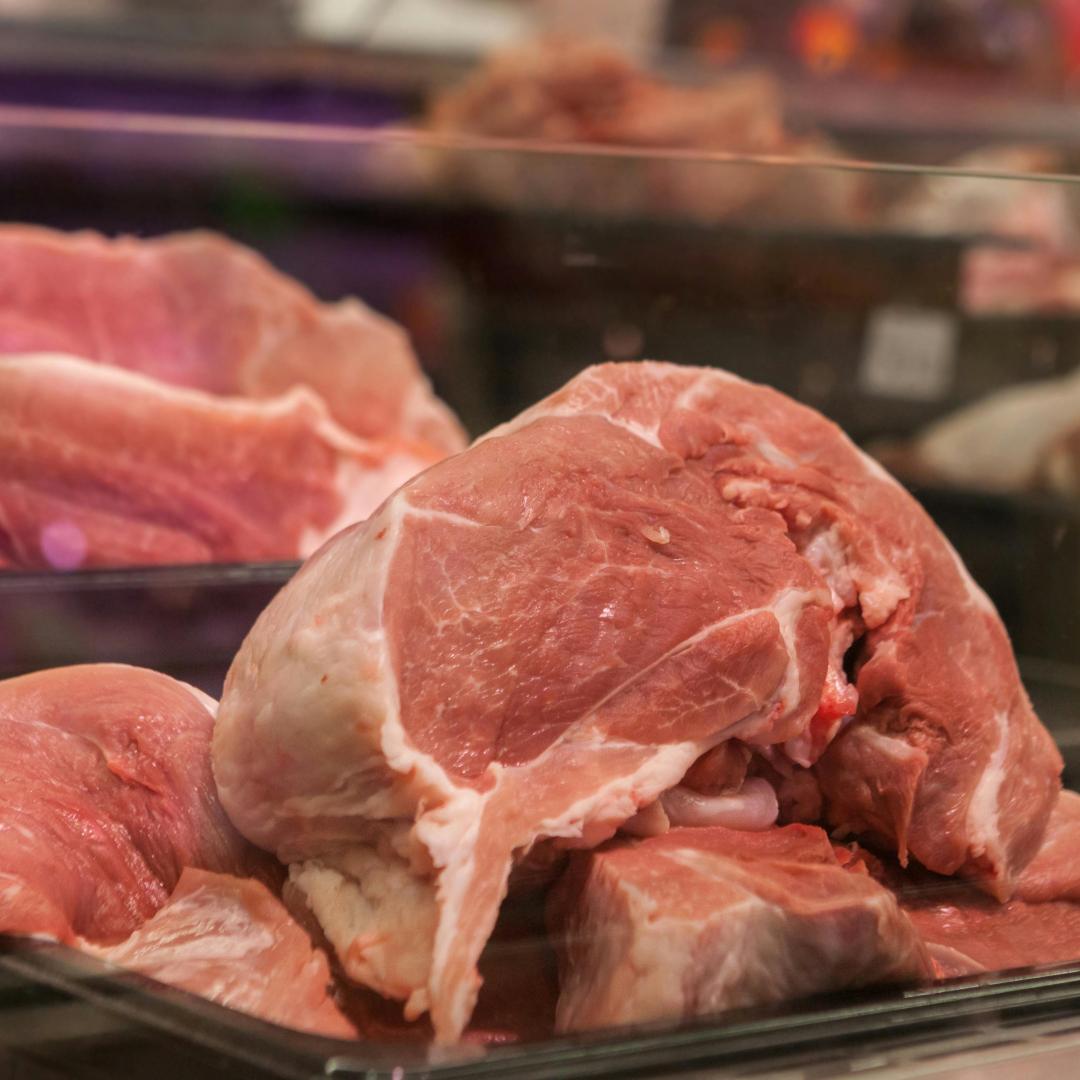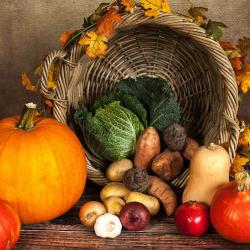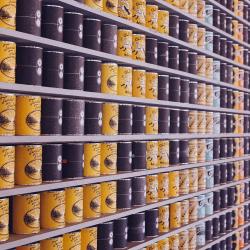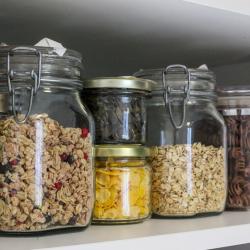How to Store Meat and Poultry for Maximum Freshness
Ensuring the freshness of meat and poultry is essential not only for preserving flavor but also for maintaining food safety. Proper storage methods can significantly extend the shelf life of these products and reduce the risk of foodborne illnesses. Here are some effective strategies to keep your meat and poultry fresh for as long as possible.
1. Understand the Basics
Before diving into storage techniques, it’s important to understand the sensitivity of meat and poultry. These products are highly perishable due to their high moisture content and nutrient richness, which can promote bacterial growth if not stored correctly.
2. Refrigeration
Proper Temperature: Keep your refrigerator at 34°F to 40°F (1°C to 4°C). This slows bacterial growth without freezing the food.
Packaging: Store meat and poultry in their original packaging if you plan to use them within a couple of days. For longer storage, consider rewrapping them in foil or placing them in airtight containers to prevent leakage and odor contamination.
Placement: Store meat on the bottom shelf of the refrigerator. This prevents juices from dripping onto other foods and helps maintain a consistent temperature.
3. Freezing
Temperature: Maintain your freezer at 0°F (-18°C) or lower to ensure food safety and quality.
Packaging for Freezing: For longer storage, wrap meats tightly in freezer paper, plastic wrap, aluminum foil, or place them in freezer bags. Removing as much air as possible will help prevent freezer burn.
Labeling: Always label packages with the date of freezing. This practice helps you keep track of storage time and rotate your stock accordingly.
Thawing: Always thaw meat and poultry in the refrigerator, in cold water, or in the microwave. Avoid thawing at room temperature as this can lead to bacterial growth.
4. Vacuum Sealing
Vacuum sealing can extend the shelf life of meat and poultry by removing air, which is essential for bacterial growth. This method also helps retain moisture and flavors. Invest in a good quality vacuum sealer for efficient storage.
5. Curing and Smoking
For a more traditional preservation method, consider curing or smoking meats. These methods are both efficient preservation techniques and add unique flavors. Curing involves adding salts, spices, and other ingredients, while smoking adds flavor and dries the surface of the meat.
6. Marinating
Marinating meat and poultry not only enhances flavor but can also act as a preservation method. Use acidic components like vinegar and citrus juices in your marinade, as these can slow down spoilage.
7. Use by and Best Before Dates
Pay close attention to the use-by and best before dates on your meat and poultry products, particularly if you are purchasing pre-packaged items. These dates are key indicators of freshness and should guide your decisions about when to use the meat.
8. Observing Safety Signs
Always be on the lookout for signs of spoilage. Changes in color, unpleasant odor, slimy texture, and off-putting flavors are indicators that meat or poultry is no longer safe to consume.
Conclusion
Storing meat and poultry properly is crucial for maintaining their freshness and flavor while ensuring safety. By adhering to these guidelines, you can enjoy fresh, high-quality meat and poultry and reduce food waste. Remember, when in doubt, it’s always safer to err on the side of caution and discard any questionable products.






















